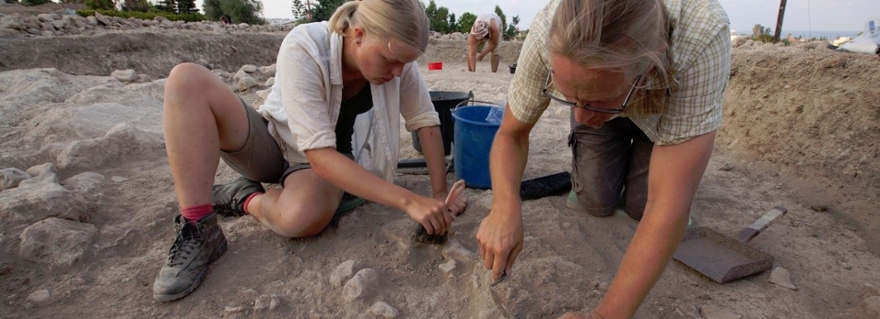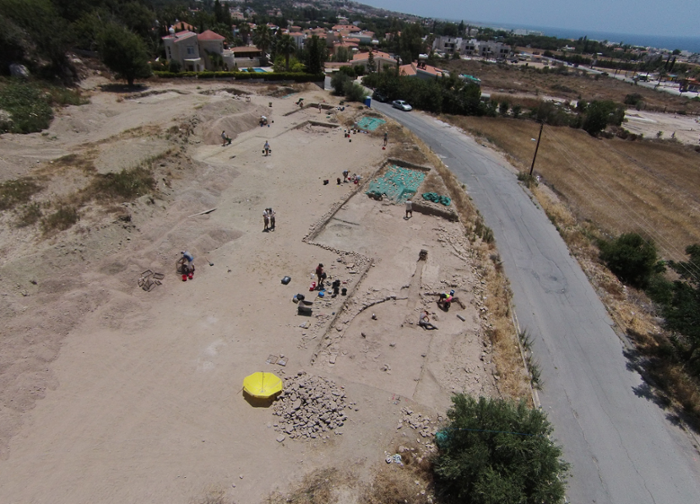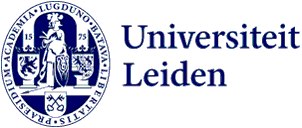
Bleda Düring investigates social inequality in Cyprus with ERC Advanced Grant
Archaeologist Prof Bleda Düring has been awarded a prestigious ERC Advanced Grant for his research on the emergence of social inequalities in the transition from the Copper Age to the Bronze Age in Cyprus. Using excavations, isotope analysis and cultural interpretations, he investigates how and why inequality arose in prehistoric village communities.
Exceptionally large
The foundations for the research project were laid in 2016, when Düring and his team began excavating an exceptionally large building in Palloures, a settlement from the Copper Age (3800-2500 BC) on Cyprus. 'Normal houses in such villages are six to eight metres in diameter. This building was more than 14 metres wide, with a monumental fireplace of two metres in the middle,' he says. 'You immediately think: what is this? A community house? A ritual hall? Or the home of someone of distinction?'
At first glance, the building looked very much like an ordinary house, but micromorphological examination of the floors showed that it had hardly been used. 'It was dilapidated shortly after construction. Very different from other houses, which were often inhabited and repaired for decades. That is saying something.'

The origins of social inequality
In his new project, Düring connects such observations to a broader question: how did social inequality arise in early agrarian societies? In archaeology, inequality is often measured using statistical methods, for example by comparing house surfaces. 'Our site was found to be the most unequal of all settlements in West Asia in those analyses,' Düring said. 'But such a quantitative approach does not tell the whole story. We need to understand why such disparities arise, what is the cultural logic behind them. Is inequality propagated? Or rather hidden in the archaeology of West Asia? And how stable are social inequalities really?'

Alternatives
The project combines archaeological data with analyses of, for instance, diet (via isotope analysis of human remains in graves), burial rituals and material culture. In doing so, Düring wants to find out whether social inequality on Cyprus was openly displayed or concealed - and how it developed through the generations. 'We are not only interested in “who had what”, but especially in how those differences came about and what that says about social structures and cultural choices.'
According to Düring, the research also touches on current questions. 'There is a widespread idea that inequality is something natural; as if it has always been this way. But there have been thousands of years when societies were more equally organised. That knowledge is liberating in a way. It shows that alternatives are conceivable.'
Palloures as starting point
Over the next five years, Düring will work with an interdisciplinary team of seven researchers: four PhD students, two postdocs and himself. Besides Palloures, some 20 other settlements will be investigated. The project runs until 2030 and allows for both fieldwork and in-depth reconstructions of prehistoric societies. 'Palloures is the starting point, but we especially want to understand how inequality developed and how subtle and culturally layered that process actually was.'
